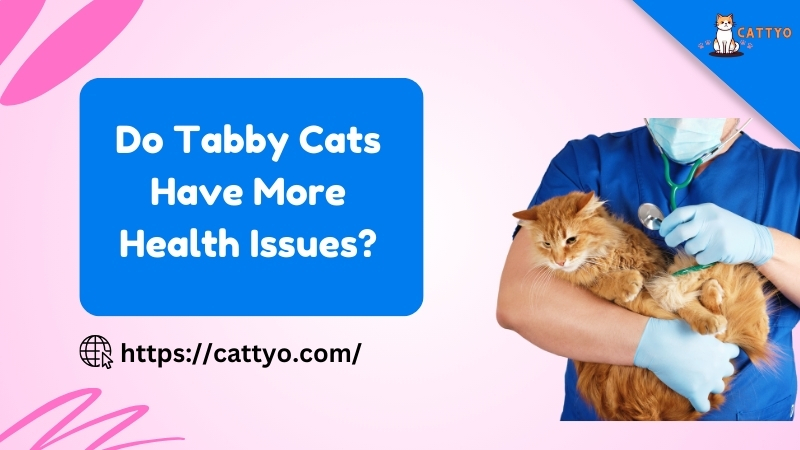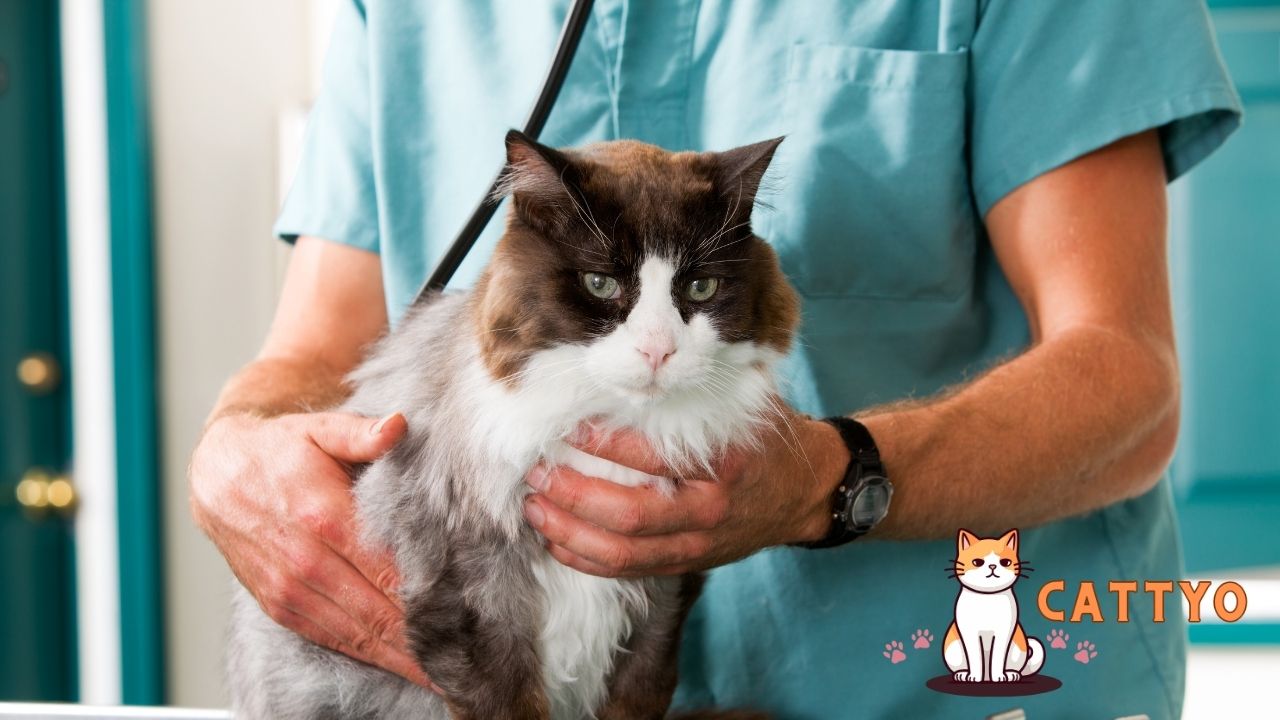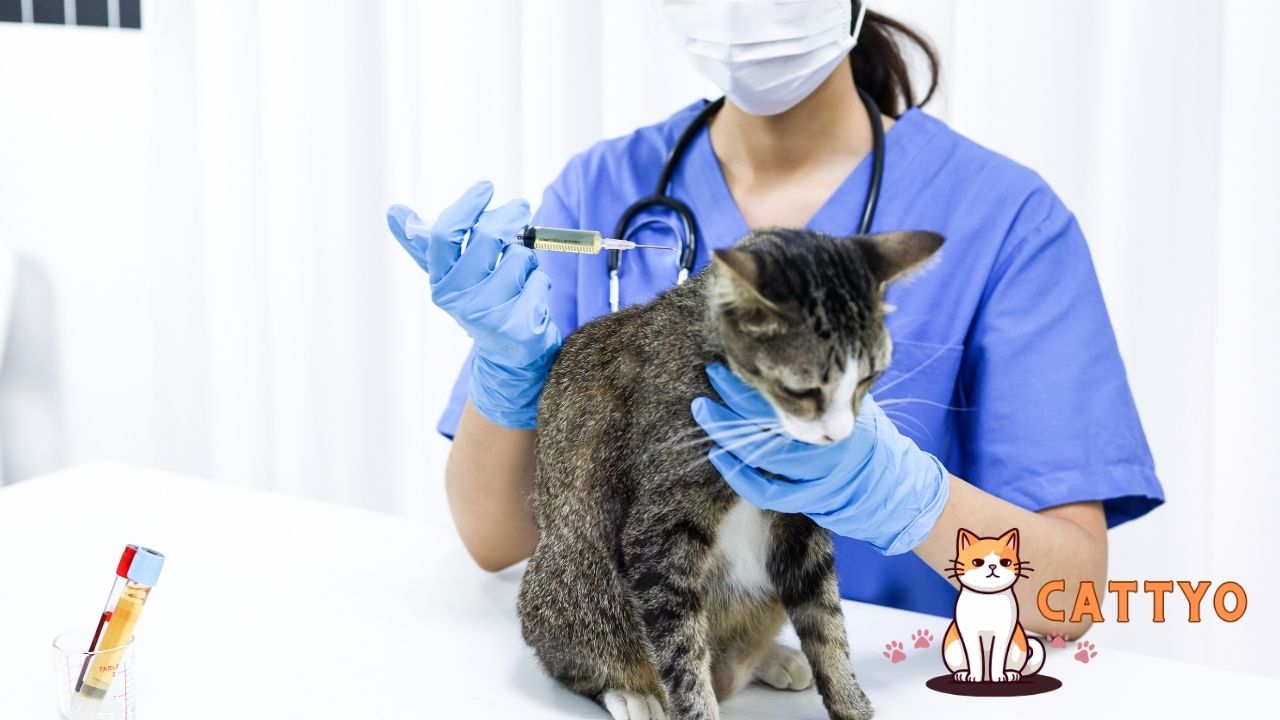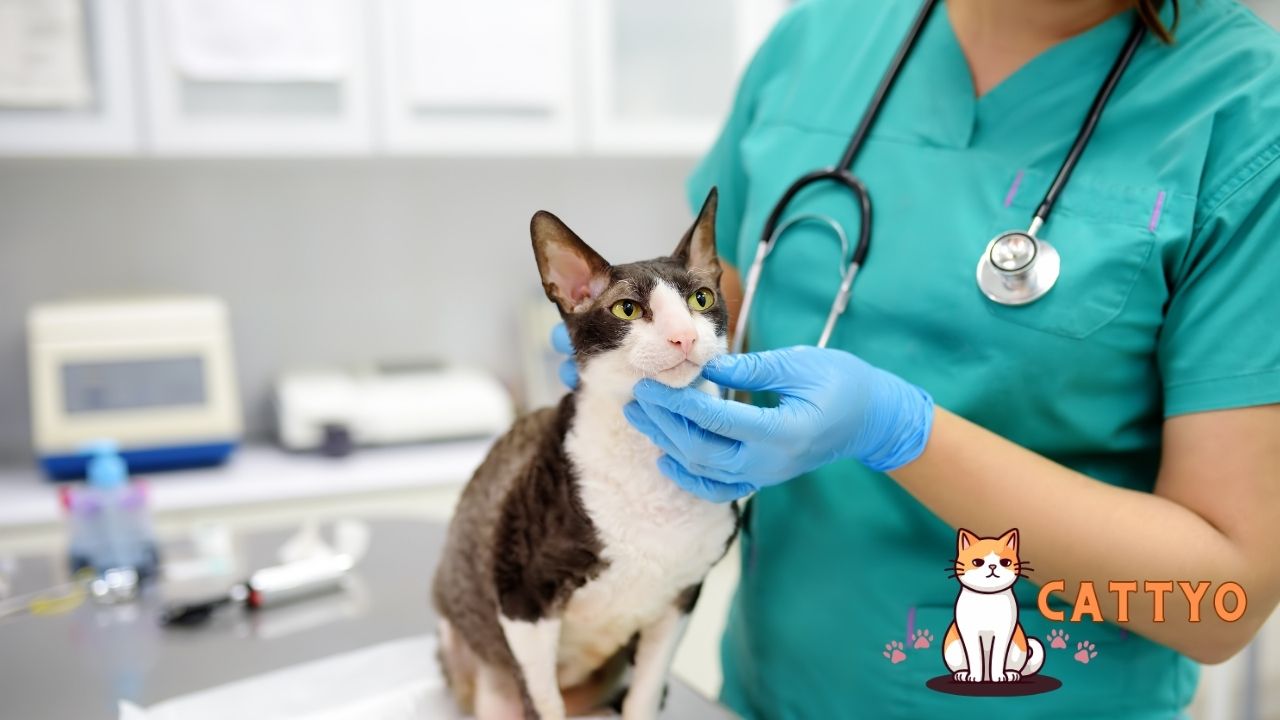Tabby cats are not a specific breed but rather a coat pattern found in many different breeds, so they don’t inherently have more health issues than other cats. However, some health conditions may be more common in certain breeds that carry the tabby pattern. For example, a tabby cat with a breed like the Maine Coon or Persian might be more prone to specific genetic health concerns. Ultimately, the health of a tabby cat depends more on its breed, genetics, and care than the coat pattern itself. Regular vet visits, a balanced diet, and a safe environment can go a long way in keeping your tabby in tip-top shape!
If you’re anything like me, the moment you see a tabby cat, you’re instantly charmed by their swirly, stripey coats and that trademark “M” marking on their foreheads. They’re quirky, lovable, and usually full of sass. But here’s the million-dollar question: Do tabby cats have more health problems than other cats?
Spoiler alert: The answer isn’t as straightforward as a simple “yes” or “no.” It’s more like a “well, it depends.” And yes, that’s frustratingly vague, but stay with me—I promise this is going somewhere. Let’s dive in, chat about what being a “tabby” actually means, and then dig into the health stuff with a sprinkle of humor, science, and some relatable “been there, done that” cat-parent anecdotes.
Do Tabby Cats Have More Health Issues?
Tabby cats, being a coat pattern rather than a specific breed, do not inherently have more health issues. The health of a tabby cat depends largely on the breed it belongs to and its overall care. While some breeds with tabby patterns may be prone to certain health conditions, the coat pattern itself doesn’t affect a cat’s health. Proper care, diet, and regular vet visits are essential for maintaining a healthy tabby cat.
- Tabby Cats Are Not a Breed: The “tabby” refers to a coat pattern, not a specific breed, so health risks are determined by the breed and genetics.
- Health Risks Depend on Breed: Some breeds that can have tabby patterns, like Maine Coons or Persians, may be predisposed to specific health issues.
- Genetics Play a Role: The individual genetics of a cat are a bigger factor than whether it has a tabby coat.
- Proper Care Is Crucial: Regular vet visits, a healthy diet, and a safe environment can help prevent common health issues in tabby cats.
What Exactly Is a Tabby Cat?
First things first, let’s clear up a common misconception: “Tabby” isn’t a breed—it’s a coat pattern. You could have a Maine Coon tabby, a Persian tabby, or even a tabby street cat that looks like he’s plotting to overthrow the entire neighborhood. The tabby pattern shows up in all sorts of cat breeds and mixes.
There are four main types of tabby patterns:
- Mackerel Tabby – Think pinstripes. Sleek, classic, elegant. Like the cat equivalent of a little black dress.
- Classic Tabby – Swirls and whorls that scream “marble cake but make it feline.”
- Spotted Tabby – Leopard-lite vibes. Perfect for a cat who thinks they belong on the savanna.
- Ticked Tabby – Subtle flecks all over, like someone sprinkled pepper on them.
Now, because the tabby pattern is genetically linked to certain breeds and traits, you might start wondering if that has anything to do with health. Bingo. Let’s dive into that rabbit hole—or should I say, catnip tunnel?
Myth or Fact: Are Tabbies More Prone to Health Issues?
Okay, here’s the deal: A tabby cat’s coat pattern alone doesn’t directly determine their health. If your tabby cat happens to be from a specific breed with known health concerns (like Maine Coons and heart disease), then yeah, there’s a connection. But it’s not the tabbyness that’s the problem—it’s the breed traits.
Let’s break it down:
- Weight Woes: Ever notice how a lot of tabbies seem… ahem… chonky? My neighbor’s tabby, Muffin, is basically a living potato with legs. But here’s the kicker: Tabbies aren’t genetically predisposed to obesity. They’re just as likely to beg for snacks and laze around as any other cat. It’s on us humans to make sure they don’t turn into furry bowling balls.
- Dental Dilemmas: Dental issues—like gingivitis or tartar buildup—are pretty common in cats. While tabbies don’t have a higher risk specifically, they’re not immune either. I mean, have you ever tried brushing a cat’s teeth? It’s like wrestling with a tiny, sharp, and very angry tornado.
- Breed-Specific Concerns: If your tabby is part of a breed prone to issues—like polycystic kidney disease in Persians or hypertrophic cardiomyopathy in Maine Coons—that’s where the real risk lies. Not the stripes.
- Outdoor Life Risks: Many tabbies, especially those with feral or stray backgrounds, might have a higher risk of injuries, parasites, or infections. But again, this has nothing to do with their coat and everything to do with their environment.
A Little Storytime: My Friend’s Mischievous Tabby
Let me tell you about Oliver, my friend’s orange tabby who has the personality of a toddler hopped up on sugar. He’s healthy as a horse, but he acts like he’s invincible. One day, he leapt off a bookshelf like a feline Evel Knievel and ended up spraining his paw. Was this a “tabby” thing? Nope. It was an “Oliver being ridiculous” thing.
The point? Individual behavior and environment often play a bigger role in a cat’s health than their coat pattern.
What Can You Do to Keep Your Tabby Healthy?
So, whether your tabby is a swirly classic or a striped mackerel, here are some universal tips to keep them thriving:
- Vet Visits Are Non-Negotiable: Regular check-ups can catch potential problems early. Don’t wait until your tabby starts giving you the dreaded “something’s wrong” stare.
- Nutrition Matters: Feed them a balanced diet—preferably vet-recommended food. And go easy on the treats (even when they give you those heartbreaking “please, I’m starving” eyes).
- Playtime and Exercise: A laser pointer, a feather wand, or even a cardboard box can do wonders for keeping your tabby fit and entertained.
- Dental Hygiene: I know, I know—brushing a cat’s teeth sounds like a form of medieval torture. But there are dental treats and water additives that can help.
Tabby Health Quick Facts Table
Tabby cats, defined by their coat pattern rather than breed, don’t have inherently higher health risks. However, certain health concerns are more common in specific breeds that may carry the tabby pattern, such as the Maine Coon or Persian. These breeds can be prone to genetic conditions like heart disease or kidney problems. The health of a tabby cat is more influenced by its breed, genetics, and care than the tabby pattern itself. Regular vet check-ups, a balanced diet, and a safe living environment are key to ensuring that a tabby cat remains healthy throughout its life.
| Potential Concern | Risk for Tabbies? | What to Do About It |
|---|---|---|
| Obesity | Medium (if overfed/lazy) | Balanced diet, daily exercise |
| Heart Issues (Breed Dependent) | Depends on breed (e.g., Maine Coon) | Regular vet check-ups, screenings |
| Dental Problems | Average for all cats | Dental treats, routine cleanings |
| Outdoor Injuries/Parasites | Higher for outdoor tabbies | Flea prevention, supervised outdoor time |
FAQs
Q: Are orange tabbies less healthy than other tabbies?
A: Not necessarily. Orange tabbies are more often male due to genetics, which doesn’t inherently mean they’re less healthy. But males can be prone to urinary blockages, so keep an eye on hydration.
Q: Do tabby cats live longer than other cats?
A: Tabby cats can live just as long as any other cat—typically 12–15 years or more with good care. Their lifespan has more to do with lifestyle, diet, and genetics than coat pattern.
Q: Can tabbies have allergies?
A: Sure, just like any other cat. Allergies can range from food sensitivities to environmental triggers like pollen or dust. Your vet can help pinpoint the cause.
Final Words
At the end of the day, tabby cats aren’t inherently more or less prone to health problems than other cats. Their health boils down to their breed, lifestyle, and how well we care for them. So, whether you’ve got a lazy couch potato tabby or a mischievous little adventurer, the key is love, attention, and a healthy dose of preventative care.
And let’s be real—no matter how many vet visits or sprained paw incidents they rack up, we wouldn’t trade our tabbies for the world.





